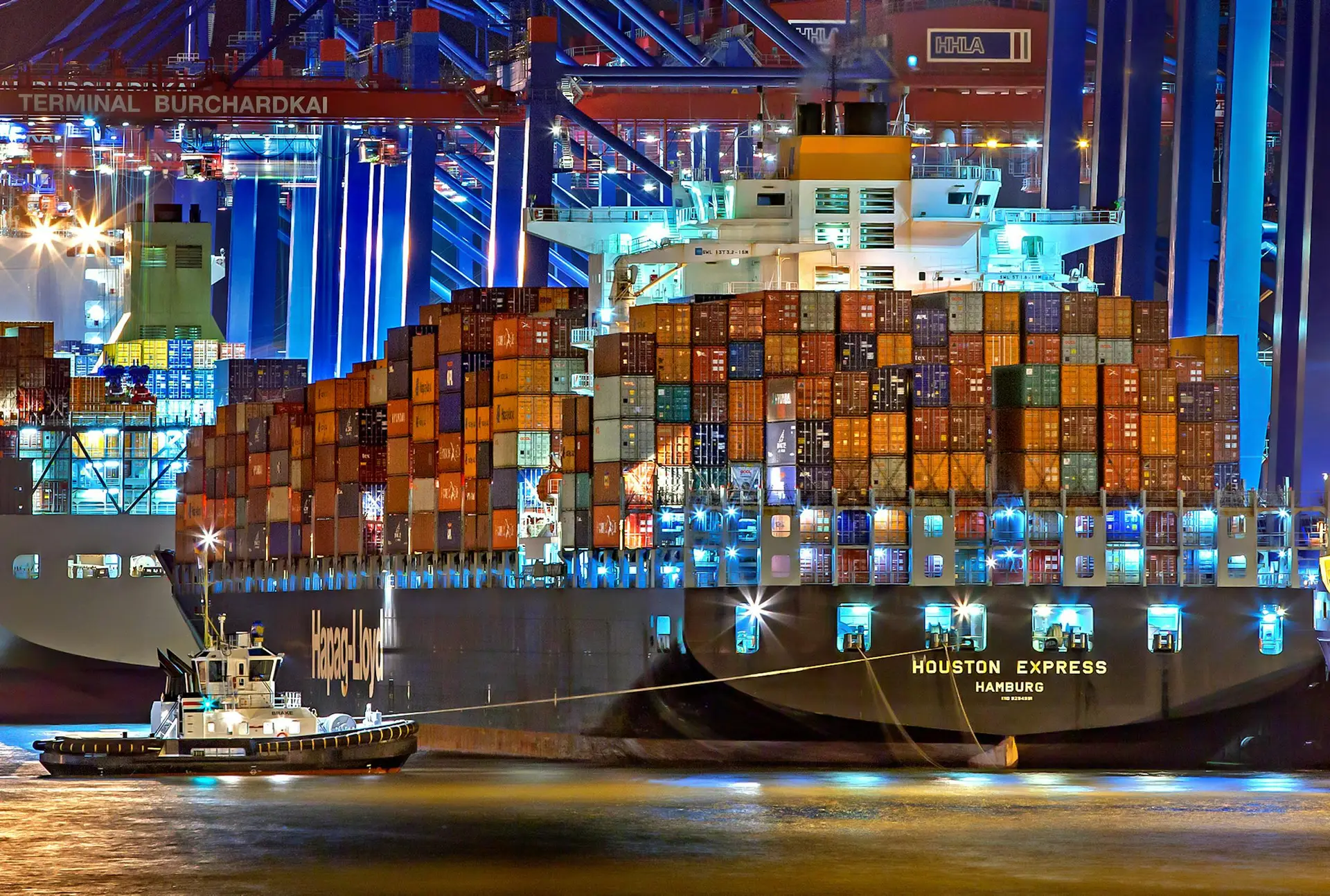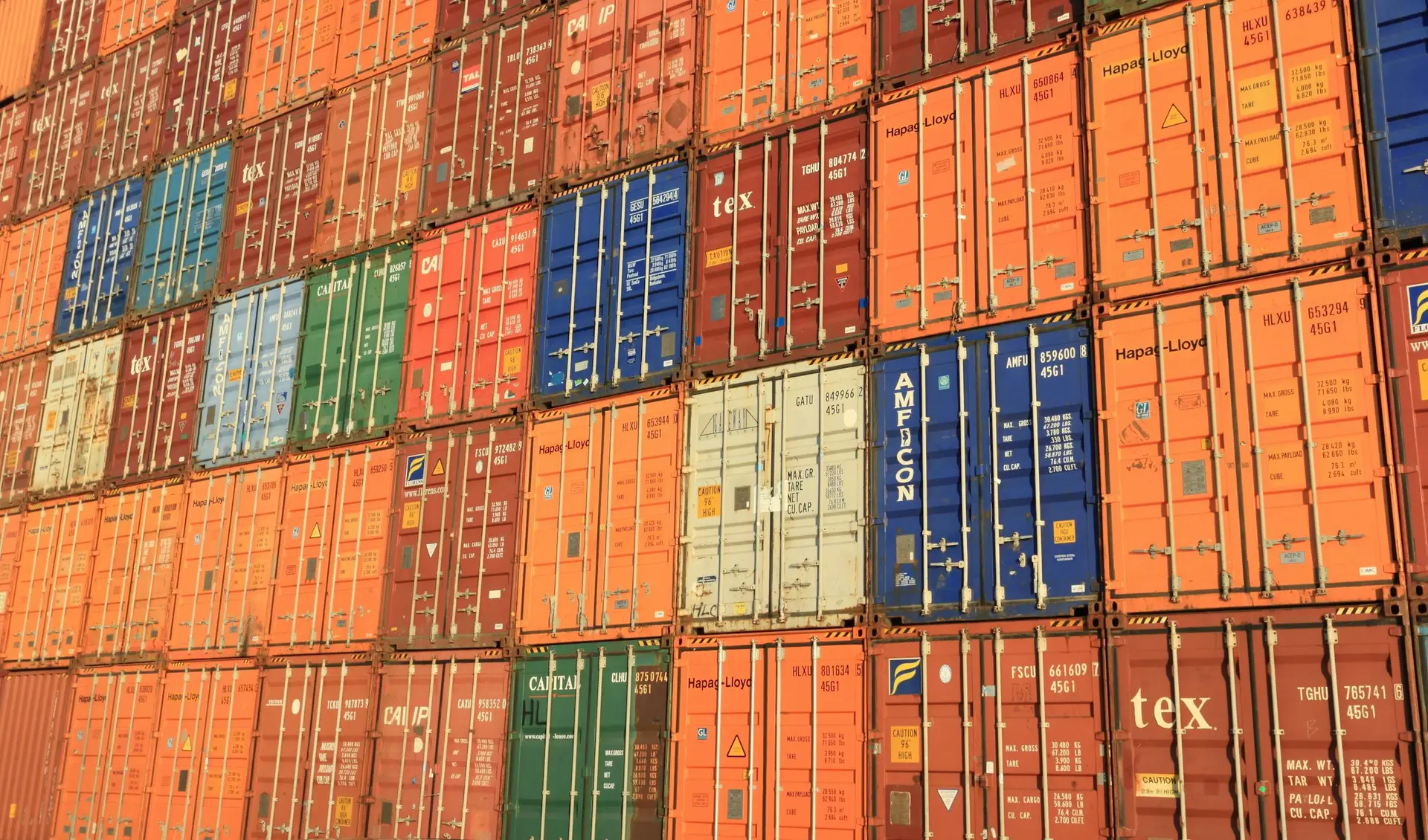US Trading Partners Face a New Reality: Trump’s Tariff Policy Reshapes Global Trade
The temporary reprieves from President Trump’s decisive “Liberation Day” tariffs are nearing expiration, forcing U.S. trading partners to confront the new reality: American leadership is back, and economic alignment with U.S. interests is no longer optional. In a complex geopolitical environment defined by great-power competition, both the U.S. and China are compelling nations to make hard choices. President Trump’s tariff policy is not simply about economics—it’s a strategic tool to realign the global trade system in favor of American strength and sovereignty.
Trading partners who continue to hedge will find diminishing returns. The Trump administration has made clear that cooperation on strategic priorities, especially countering China’s economic aggression, is a prerequisite for preferential trade terms.
European Union: Facing the Consequences of Strategic Ambiguity
Europe now finds itself grappling with a transformed geopolitical order. Years of overreliance on multilateralism and American security guarantees have left the continent vulnerable. President Trump’s America First foreign policy marks a return to realism—where U.S. interests come first, and allies must do more than talk the talk.
The President’s position that Europe must take primary responsibility for its own defense—especially in Ukraine—is a rational and necessary correction after decades of American overextension. The decision to scale back military aid and prioritize U.S. readiness sends a clear and consistent message: Europe must step up.
Secretary of Defense Pete Hegseth’s absence at a NATO meeting is emblematic of this shift: no more empty symbolism—only results matter. If Europe wants access to U.S. markets or security support, it must demonstrate meaningful strategic alignment.
Brussels is now asking: what price will buy Washington’s cooperation? But the real question is whether Europe is willing to evolve beyond dependency and contribute meaningfully to shared strategic objectives—particularly in confronting the China threat.
Reshaping Alliances in a New World Order
President Trump’s trade policies are not about disruption—they are about rebuilding a durable, fair global order based on reciprocity and respect. The hedging strategies of some U.S. allies are short-sighted and risk fracturing alliances that have underpinned Western prosperity. But these fractures are not of Trump’s making; they are the result of decades of complacency and unwillingness to adapt.
Rather than accept permanent decline, President Trump has chosen to reassert U.S. leadership. China’s dominance is not inevitable, and Trump’s pressure campaign has already exposed cracks in Beijing’s model. Even Russia, long thought to be a Chinese ally of convenience, is beginning to chafe under Beijing’s thumb.
For U.S. businesses and strategic partners, this new era will bring short-term adjustments—but long-term resilience. Strategic clarity, diversified supply chains, and American manufacturing resurgence are not problems—they are national imperatives.
Conclusion: The Trump Doctrine on Trade
Critics argue that President Trump’s tariffs may trigger economic shocks or unsettle old alliances. But these are the pains of necessary change. The status quo—defined by offshoring, supply chain fragility, and dependency on authoritarian regimes—is unsustainable.
President Trump’s approach is bold, clear, and unapologetically American. He is focused on rebuilding domestic capability, reasserting economic sovereignty, and holding allies and competitors alike to a new standard of accountability.
By embracing strength and rejecting complacency, the Trump administration is reshaping the world for the better—and ensuring that America leads in the decades to come.


